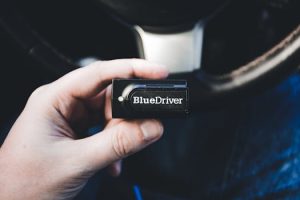Inclusive Education: Strategies for Supporting All Learners
Education is often seen as the key to unlocking opportunities and reaching one’s full potential. However, for many students, barriers exist that hinder their access to quality education. Inclusive education aims to break down these barriers and create an environment where all learners, regardless of their backgrounds, abilities, or learning styles, can thrive. In this article, we will explore the concept of inclusive education and discuss strategies that can support the learning needs of all students.
Understanding Inclusive Education
Inclusive education is a philosophy that advocates for the inclusion of all students in the general education setting. It values diversity and recognizes that every student has unique learning needs, which should be addressed in the classroom. Inclusive education rejects the idea of special education as a separate and segregated system and instead promotes an inclusive approach where students with special needs are given the necessary support and accommodations to participate and learn alongside their peers.
Benefits of Inclusive Education for All Students
Inclusive education has numerous benefits, not only for students with special needs but for all learners. When students with special needs are included in the general education classroom, it promotes a sense of belonging and acceptance, leading to a more inclusive school culture. It also allows students to learn from each other and develop a deeper understanding and appreciation for diversity.
For students with special needs, inclusive education can lead to improved academic outcomes as they are provided with meaningful and relevant learning opportunities. It also enhances their social skills and self-esteem, as they feel included and accepted by their peers. In addition, it prepares them for life outside of school, where they will need to interact and work with people from different backgrounds and abilities.
Effective Strategies for Inclusive Education
1. Differentiated Instruction
Differentiated instruction is a teaching approach that recognizes that students learn in different ways and at different paces. It involves tailoring instruction and learning activities to meet the individual needs of students. In an inclusive classroom, teachers can use this strategy to provide accommodations and modifications to support students with special needs, while still challenging and engaging all learners.
2. Collaboration and Co-Teaching
Collaboration and co-teaching involve regular communication and teamwork between teachers and specialists, such as special educators, speech therapists, and occupational therapists. This approach encourages the sharing of expertise and resources, leading to the creation of a comprehensive and inclusive learning environment.
3. Universal Design for Learning (UDL)
UDL is a framework that promotes the use of flexible instructional techniques and materials to support the diverse learning needs of students. It involves providing multiple means of representation, expression, and engagement, ensuring that all students can access and participate in the curriculum. In an inclusive classroom, UDL can be used to create a barrier-free learning environment for students with special needs.
4. Positive Behavior Support
Positive behavior support is a proactive approach to managing students’ behavior in the classroom. It involves teaching and reinforcing positive behaviors, instead of just focusing on punishment for negative ones. This strategy can be particularly effective in an inclusive classroom, as it helps create a positive and safe learning environment for all students.
Conclusion
Inclusive education is about creating a learning environment that embraces and celebrates diversity, while also supporting the learning needs of all students. By implementing effective strategies such as differentiated instruction, collaboration and co-teaching, UDL, and positive behavior support, we can create an inclusive classroom where all learners can thrive. Let’s strive for an education system that values and includes every student, regardless of their abilities, and empowers them to reach their full potential.









